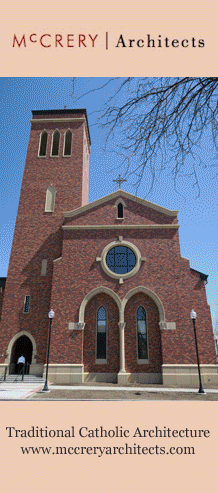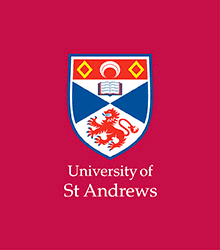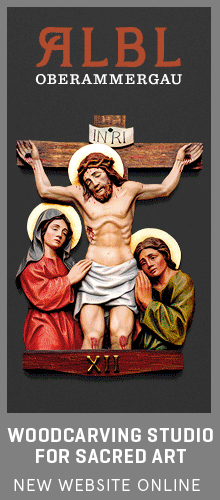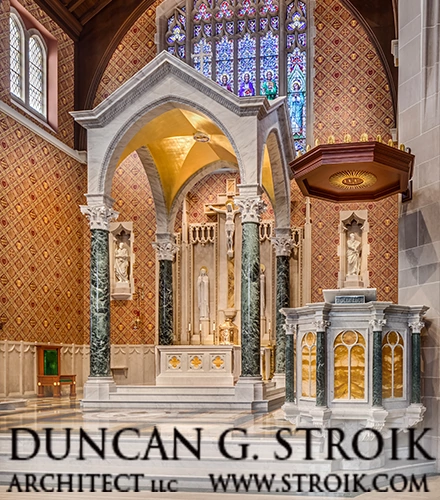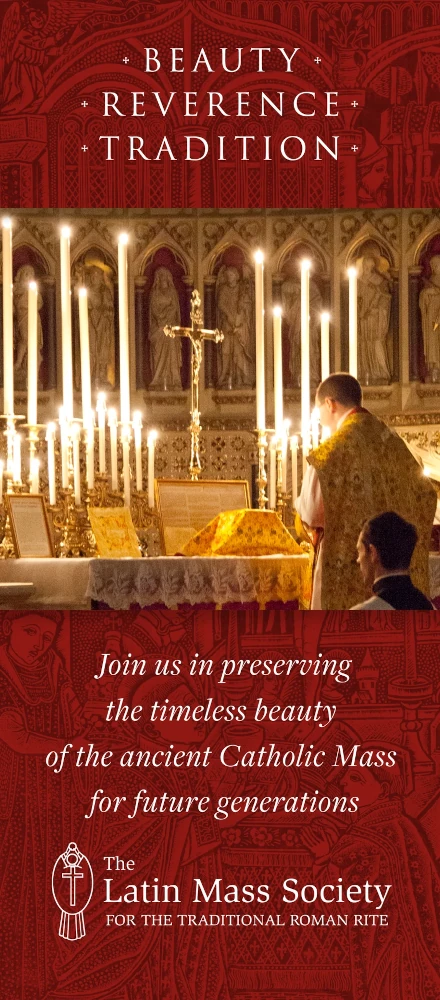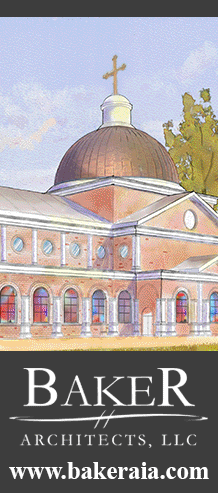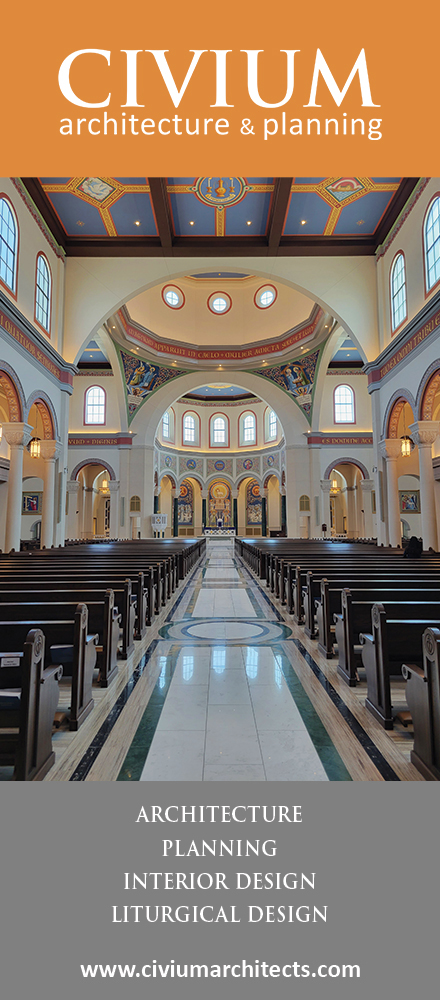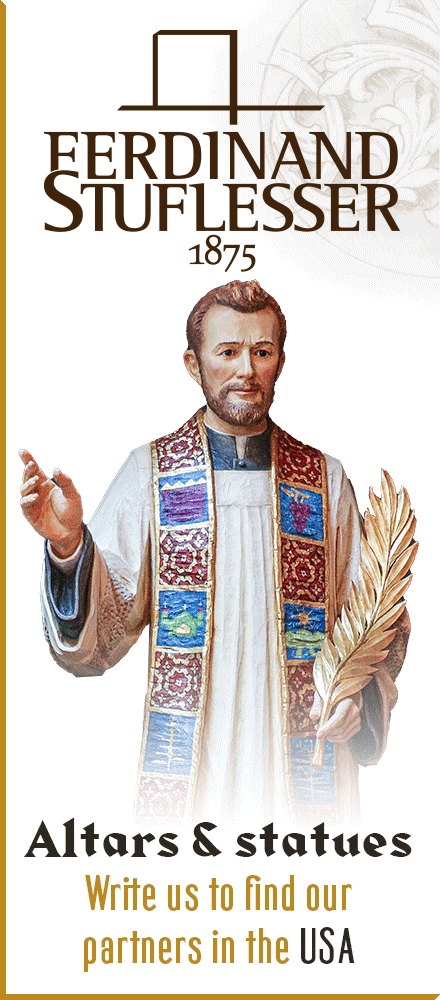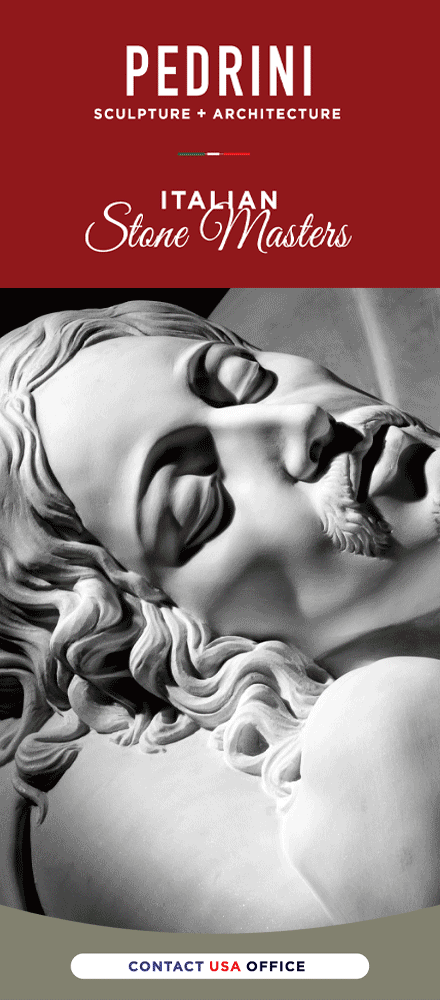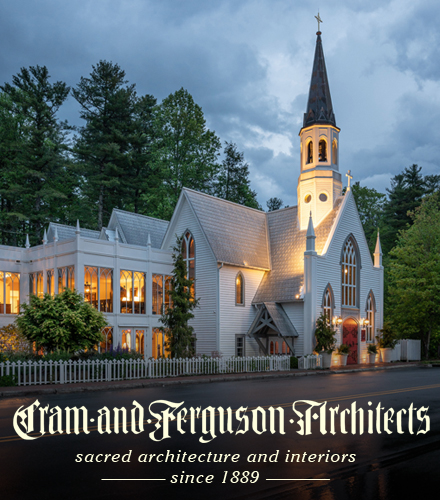In the days and weeks following the promulgation of Summorum Pontificum, there have been many reports, some public and some private, of priests setting out to learn how to say the Mass from the Missal of 1962. Some of these reports were rather surprising in some respects, at least to me. The goal of learning the old Missal was being adopted by priests who otherwise evidenced little previous interest in the old Indult, or, perhaps, they had been interested all along but held some fear of taking on the associated political risks of drawing the attention of chanceries on the lookout for signs of “reactionary” impulses.
This is one of the many reasons that Benedict XVI’s document is so wise. It leaves the choice to learn the old Missal to the priests themselves, even while not taking the authority from the Bishop to regulate the liturgy within his own diocese. It merely shifts the burden of the first-round of decision making from the Bishop to the priest, and this has made all the difference.
What is the appeal of the old form to younger priests? Aside from its intrinsic merit of the Mass of countless saints and martyrs, the old Missal represents a much-welcome means of re-connecting Catholics to our liturgical history and heritage. The new Missal appeared five years following the close of the Council, and four years before a new Graduale appeared, which helps account for why the Council’s directives for Gregorian chant to assume primacy of place were widely ignored.
Perhaps, then, it should not be a surprise that the 1962 Missal would carry such appeal. The Missal is coherent and artistically and theologically integrated from start to finish. A potential pitfall of this approach is that ambitions that are too large will go unfulfilled. Perhaps it is like a person who has never been jogging suddenly announcing that he is going to run the marathon: it is a praiseworthy goal, but there are intermediate goals that are perhaps more realistic.
It remains true that the promise of Sacrosanctum Concilium has yet to be fulfilled in most parishes. Why not use the occasion of the Motu Proprio to take smaller yet decisive steps toward reintegrating our current liturgy with the past? There are many ways that celebrants can do this. Simply singing the existing English Mass goes a long way toward recapturing the solemnity of old. This can be a process. It can begin with the Pater Noster, extend through the sign of peace, and then work backwards to the Eucharistic Prayers and Prefaces. These are all more beautiful when sung in plainchant.
The same is true of Latin. The Ordinary chants can be sung in Latin even as the rest of the Mass remains in the vernacular. As for Latin itself in the priest’s parts, it is not an all-or-nothing proposition. Why not say the Roman Canon (Eurcharistic Prayer I) in Latin, if only as a start? Latin can then be added gradually as a means of providing practice for the celebrant and re-acculturating the people to a now-unfamiliar language. Once the entire Mass is sung in Latin, the step toward the 1962 Missal will not seem as gargantuan as it currently appears.
One problem with this strategy presents itself, however. The new form builds in many options for celebrants. They can select among four main Eucharistic Prayers. They can say Mass facing the people or ad orientem. They can distribute communion with the people standing or kneeling. They can use vernacular or English. They can use the sotto voce, use a polyphonic Sanctus, and even eliminate the audible Mysterium Fidei.
There are ways that musicians can help celebrants in this process. They can send music and small MP3 examples of sections of the Mass, and schedule times to work on the dialogues between the people and priest. In this way, they can work together on one section of the Mass together, and make a bit of progress each week. This approach asks very little of the celebrant’s time, which is a relief for priests who schedules can be wildly over-committed as it is.
In an ideal world, progress would occur week by week, always choosing the solemn option which such choices are available. However, the problem with all these options is that they invite people to express their preferences and leave the burden on the celebrant for account for why he is choosing how he did.
In this way, he feels himself forever on the “hot seat”: “Father, why did you use that old dead language today? I can understand a word of it!” “Why did you turn your back to us?” “I don’t want to kneel like they did in the old days, and, in any case, it is my right to stand.” “Why did you cut the sign of peace? That is a special time of the Mass for me.” And so on.
One attraction of the older form is precisely that it does not have all these options. The celebrant is in a better position to just explain that this is the way the Mass rubrics work. It must be in Latin and ad orientem, communion must be kneeling, there are few choices among prayers, and there is no sign of peace between the people, etc., so there is less to fight about and less for insufferable liturgy committees to manage. The Mass is a package deal, and the celebrant and the people are asked to submit to the structure in humility for the greater good. This has the advantage of ending the liturgy battles and even wars over who or what is in control.
And yet, surely those priests who might have considered re-solemnizing the liturgy in the past should consider pushing forward today, in today's new light of freedom and renewed appreciation of our past and its accumulate wisdom. The culture of the parish is changing and so is the tolerance level for an overt love of the sacred.
Monday, July 16, 2007
The 1962 Missal's glorious lack of options
Jeffrey TuckerMore recent articles:
“Now About the Midst of the Feast” - Christ the Teacher in the Liturgy of LentGregory DiPippo
Today’s Gospel in the Roman Rite, John 7, 14-31, begins with the words “Now about the midst of the feast”, referring to the feast of Tabernacles, which St John had previously mentioned in verse 2 of the same chapter. And indeed, the whole of this chapter is set within the context of this feast.The Expulsion of the Money-Changers from the Temple, th...
The Apple of Her EyeDavid Clayton
“The Lord God planted a garden in Eden, which is in the east, and there he put the man he had fashioned. From the soil, the Lord God caused to grow every kind of tree, enticing to look at and good to eat, with the tree of life in the middle of the garden, and the tree of the knowledge of good and evil.” (Gen. 2, 8-9) This 17th century painting...
The Exposition of the Holy Lance at St Peter’s BasilicaGregory DiPippo
The YouTube channel of EWTN recently published a video about the exposition of the Holy Lance at St Peter’s basilica on the first Saturday of Lent. This was formerly done on the Ember Friday, which was long kept as the feast of the Holy Lance and Nails, but since this feast is no longer observed, the exposition of the relic has been transferred to ...
The Feast and Sunday of St John ClimacusGregory DiPippo
In the Byzantine liturgy, each of the Sundays of Lent has a special commemoration attached to it. The first Sunday is known as the Sunday of Orthodoxy, because it commemorates the defeat of iconoclasm and the restoration of the orthodox belief in the use of icons; many churches have a procession in which the clergy and faithful carry the icons, as...
The Story of Susanna in the Liturgy of LentGregory DiPippo
In the Roman Rite, the story of Susanna is read as the epistle of Saturday of the third week of Lent, the longest epistle of the entire year. This episode is not in the Hebrew text of Daniel, but in the manuscripts of the Septuagint, it appears as the beginning of the book, probably because in verse 45 Daniel is called a “younger man”, whic...
A New Edition of the Monastic Breviary Available SoonGregory DiPippo
The printing house of the Monastère Saint-Benoît in Brignole, France, Éditions Pax inter Spinas, is pleased to announce the re-publication of the two volumes of the last edition (1963) of the traditional Latin Monastic Breviary.The Breviary contains all that is necessary to pray the complete Monastic Divine Office of Matins, Lauds, Prime, Terce, S...
A Mid-Western Saint from Rome: Guest Article by Mr Sean PilcherGregory DiPippo
Thanks once again to our friend Mr Sean Pilcher, this time for sharing with us this account of the relics of a Saint from the Roman catacombs, which were brought to the cathedral of Dubuque, Iowa, in the 19th century. Mr Pilcher is the director of Sacra: Relics of the Saints (sacrarelics.org), an apostolate that promotes education about relics, and...
Fons et Culmen Sacred Liturgy Summit - July 1–4, Menlo Park, CaliforniaJennifer Donelson-Nowicka
You are cordially invited to the Fons et Culmen Sacred Liturgy Summit, which will be held from July 1-4, in Menlo Park, California!Fons et Culmen Sacred Liturgy Summit gathers together Catholics who love Christ, the Church, and the Church’s sacred liturgical tradition for: - the solemn celebration of the Mass and Vespers; - insightful talks on...
A Lenten Station Mass in the Roman ForumGregory DiPippo
Today’s Mass is one of the series instituted by Pope St Gregory II (715-31) when he abolished the older custom of the Roman Rite, by which the Thursdays of Lent were “aliturgical” days on which no Mass was celebrated. The station appointed for the day is at the basilica of Ss Cosmas and Damian, which was constructed by Pope St Felix IV (526-30) in ...
Do Priests or Religious Need Special Permission to Pray a Pre-55 Breviary?Peter Kwasniewski
On occasion, I receive an email like the following (in this case, from a seminarian): “Do you happen to know of any sources/authoritative references which you could point me to that explain why praying the Pre-55 Breviary definitely satisfies the canonical obligation for clerics or religious? As I am strongly desirous of the Pre-55 Liturgy, I ...


